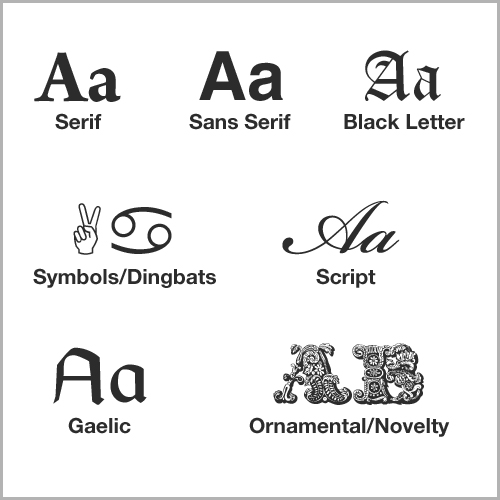

- Typeface meaning in marketing code#
- Typeface meaning in marketing plus#
- Typeface meaning in marketing free#
- Typeface meaning in marketing mac#
Ideally, you shouldn’t use more than two font styles at a time.
Typeface meaning in marketing free#
There are many different places where you can find web fonts, such as Google Fonts which is a free resource and Adobe Fonts which requires a subscription.įor a comprehensive guide on web fonts check out our Ultimate Guide to Web Fonts. You must also ensure you have fallback web safe fonts in your font stack, as not all email clients will render web fonts.
Typeface meaning in marketing code#
Therefore, you need to add some extra code to your emails to put them to use. These are typefaces that are not available on all operating systems. For example:įont-family:’Helvetica Neue’,Helvetica,Arial,sans-serif Fonts stacks are a list of fonts starting with the primary typeface you would like to render followed by fall back fonts that will render if a subscriber doesn’t have your chosen font installed. 🔧 You can grab web safe CSS font stacks from CSS Fonts.
Typeface meaning in marketing mac#
Here are the web safe fonts best supported across Windows and Mac devices: List devised using CSS Fonts and font availability on personal machine (Mac) These are typefaces that are installed on most operating systems, meaning that calling these fonts into your email code will result in consistent rendering across email clients, devices and operating systems. First, though, let’s look at the two types of digital font you can call into your email: web safe fonts and web fonts. There are many free web fonts available as well as those that can be purchased. This is a digital typeface that can be called into your code. To use a typeface within an email, it needs to be a web font. Instead, they are favoured in technical resources for programming languages to distinguish code from natural-language.

Monospaced typefaces are also less commonly used as body copy. So they are usually reserved for headlines.

Meaning, they can be hard to read and even harder to scan. Script and display typefaces are often too complex for body copy. They render well when scaled down and at lower weights. This is because they are most readable and therefore accessible. Serif and sans-serif are the most commonly used typefaces, especially for body copy. There are five basic classifications of typefaces: serif, sans serif, script, monospaced, and display. But there are some general guidelines you can follow to help with your selection. This can make it a little daunting, especially if you are not bound by brand guidelines. There are a plethora of typefaces out there that can be used to style email copy. Learn how you can make an impact, too, as I walk through:Ī typeface is the design of a set of characters including letters, numbers, punctuation marks, and symbols. Many brands today are grabbing subscriber attention and getting their message across with well-styled copy and few or no images. Well-considered typography can be so impactful, that the need for imagery is reduced. Typography is the styling of the written content and includes things like the typeface, weight, size, color, or letter spacing. When we think about creativity in email, we often consider imagery as the go-to solution for eye-catching designs, but there is also a way to get creative with copy, by leveraging typography. Enterprise Plan Boost collaboration and drive results.
Typeface meaning in marketing plus#


 0 kommentar(er)
0 kommentar(er)
